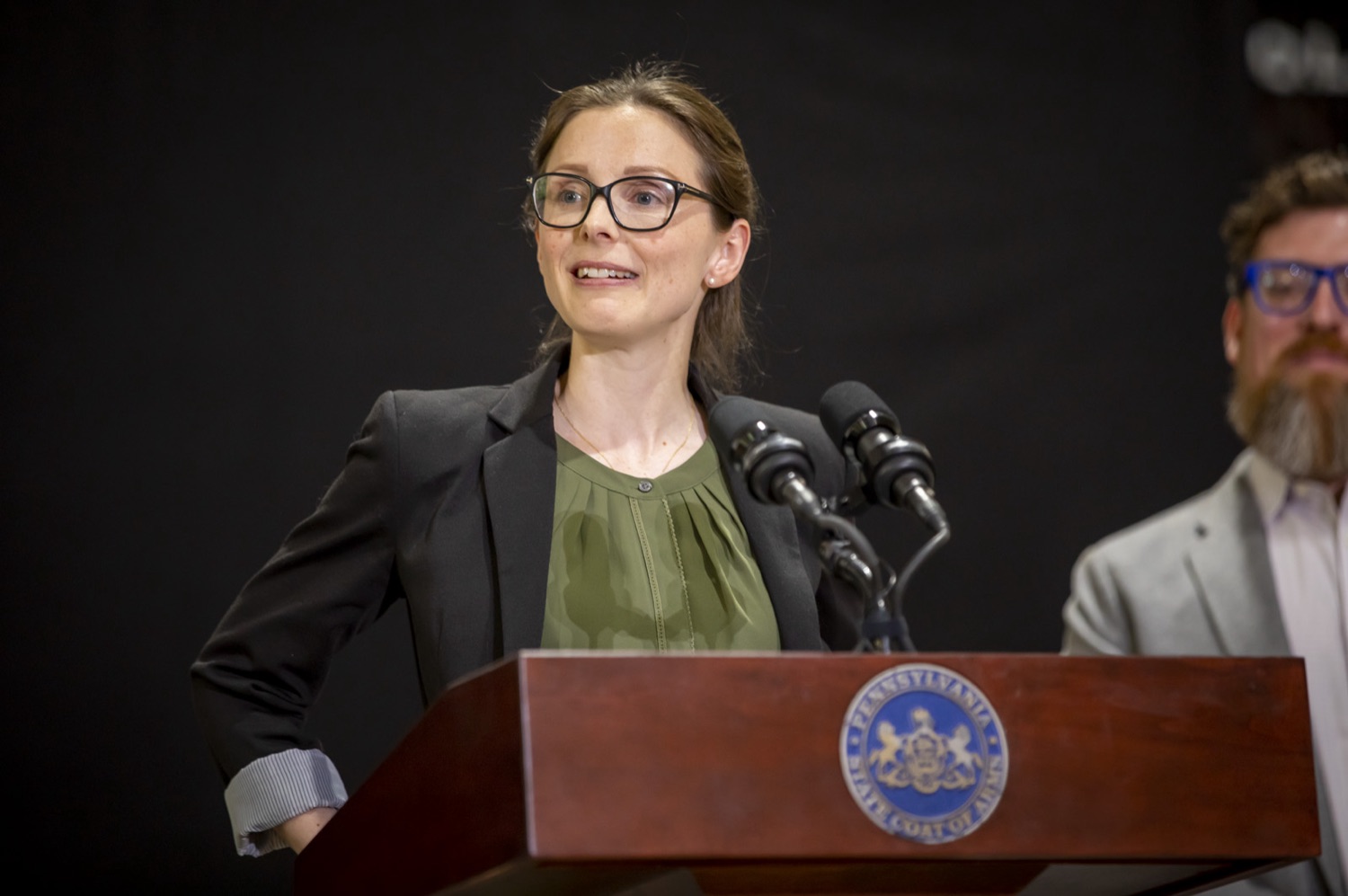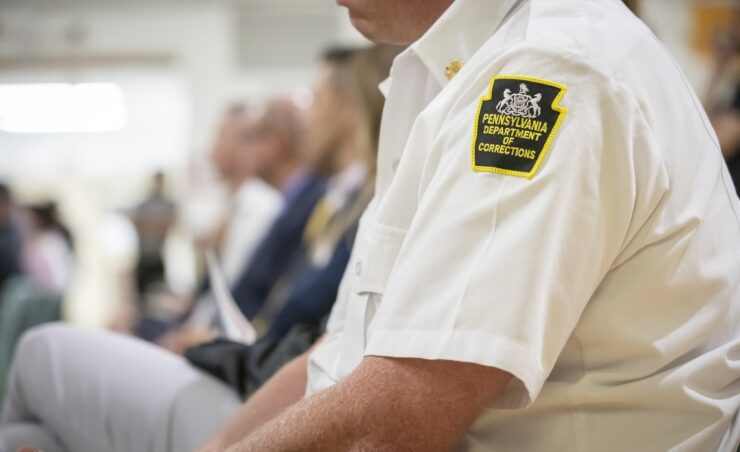How do Scandinavian methods work in a prison in Pennsylvania? What works and what does not work when you try to design a prison unit based on practices and experiences of Nordic prisons in a US context?

Prison Project Little Scandinavia
The Nordic countries have gained a worldwide reputation as world leaders in corrections and have for the last decades been a favored destination for international practitioners and policy makers interested in using firsthand experiences to drive with prison reform.
Synøve Nygaard Andersen has, together with other Nordic and US scholars, studied what happens when one tries to implement philosophies, ideals and practices of Nordic prisons in a US prison. This has so far resulted in a series of academic outputs focused on the development process, but also in a TV documentary series now available on most Nordic broadcasting channels (NRK in Norway, SVT in Sweden, DR in Denmark, YLE in Finland and Topic TV in the US). The documentary Prison Project Little Scandinavia also won the award ‘Buyers Coup de Coeur’ at the 25th International documentary festival in Cannes (MIPDOC).

Broadly speaking, the fact that the bottoms-up approach taken in this project has led to the successful development, opening and operations of a prison unit that is vastly different from the rest of the prison environment is an important proof of concept in and of its own – and something the skeptics thought could never happen given the stark differences between US and Scandinavian systems. Preliminary results from the research on the day-to-day life on the unit are also encouraging:
“So far both qualitative and quantitative data suggest that both staff and residents on the unit fare better than they did previously”, says Andersen. “Importantly, rates of serious misconducts linked to drugs and violence are down, and so far there have been no assaults on staff since the unit opened”.
The researchers will continue to document what happens on the unit and, as more people are released, assess whether serving time on the Little Scandinavia unit impacts post-release outcomes such as recidivism.

On the importance of NSfK funding
Andersen received a personal grant from NSfK in 2019. The aim was to study what happened as a team of American correctional officers and leaders set out to identify, through first-hand experiential learning, values and practices in Nordic corrections that could be used as the starting point for actionable penal reform in their own system – and then what happened as they implemented these reforms in an American prison setting.
Policy brief
You can read more about the project Nordic Correctional Exceptionalism in a Non-Nordic Context: Building the Foundations for Actionable Penal Reform, its findings and recommendations in this policy brief (link).
Photo credit: Commonwealth of Pennsylvania / PAcast.com. Used with permission.
